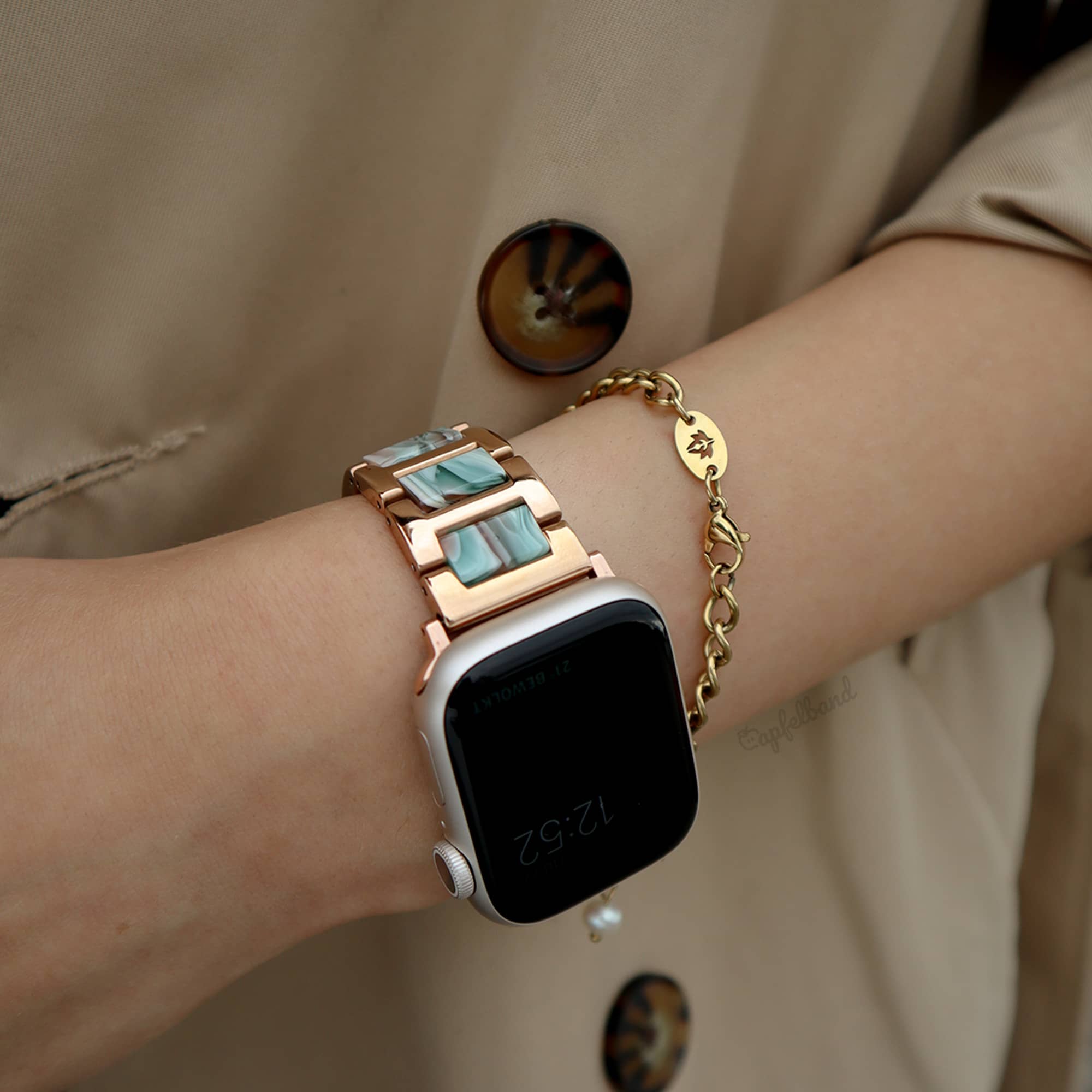
Kaufe Scrunchie Nylon Armband für Apple Watch 6 SE Band 40mm 44mm 42mm 38mm 42 mm Damen Elastic Solo Loop Damen Gürtelarmband für iWatch Serie5 4 3 2 1 | Joom

Fullmosa Für Apple Watch Armband Series 8/7/6/SE /5/4/3/2/1/ Series Ultra 41mm/40mm/38mm Damen, Edelstahl Metall Ersatzband für iWatch Armband, 41mm/40mm/38mm Roségold: Amazon.de: Elektronik & Foto

edimens Smartwatch-Armband für Apple Watch 38/40/41mm Edelstahl Metallarmband, Schlank, mode, für Damen

Fullmosa Kompatibles Edelstahl Apple Watch Armband 38mm 40mm 41mm für Damen, superglänzendes, schlankes Schlangen-Uhrenarmband für iWatch SE SE2 Serie 8 7 6 5 4 3 2 1, Roségold: Amazon.de: Elektronik & Foto

Higgs Armband Kompatibel mit Apple Watch Armband 40mm 41mm 38mm für Damen/Herren, Dual Magnetisch Einstellbar Armbänder für iWatch Series 8 7 6 SE 5 4 3 2 1, Champagner Gold Glattes Edelstahl Metall: Amazon.de: Elektronik & Foto



















